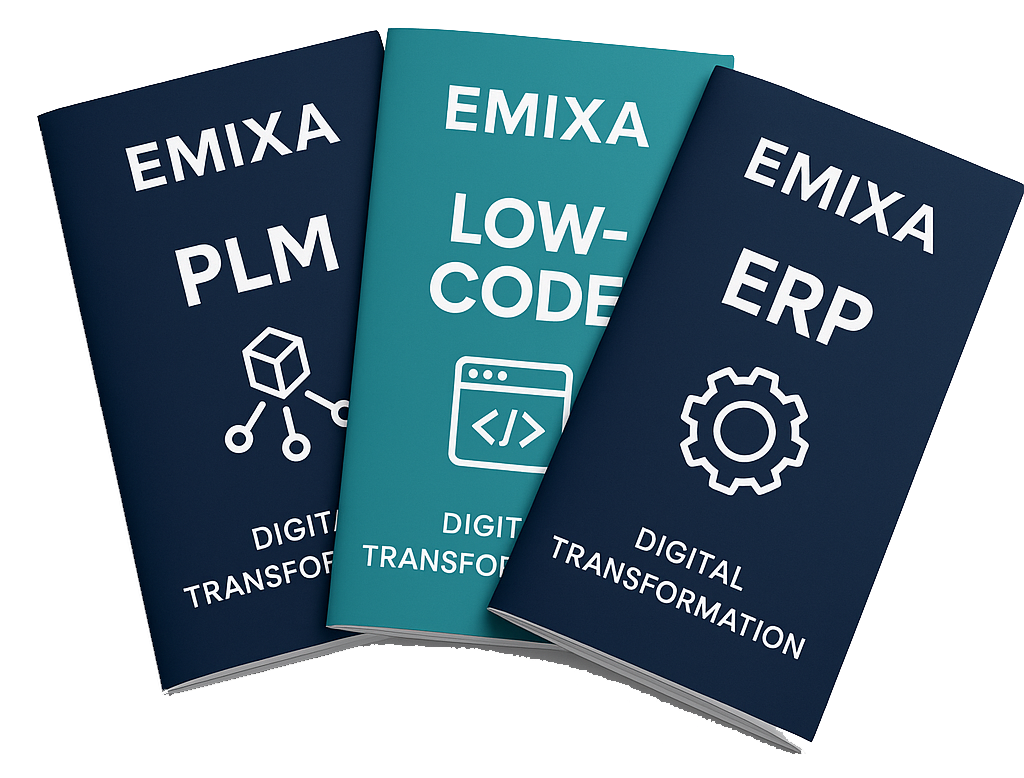
- Industry 4.0
Is your Company Making a Difference with Model-Based Definition?

Digitisation is progressing rapidly everywhere. Manufacturing companies also face this challenge now more than ever. To be digital, or not to be. In the shift to digital, traditional 2D drawings are giving way to Model-Based Definition (MBD). Has your company made the essential move towards Industry 4.0?
The manufacturing industry is evolving at a rapid pace towards a new standard where there is no place for 2D drawings any more. In The Netherlands, ASML set this trend in 2018. The high-tech machine builder then decided to no longer make 2D drawings. Those designing components for ASML's machines now exclusively employ 3D models. Our team at Cards PLM Services played a key role in guiding ASML's implementation of MBD.
Model-Based Definition (MBD), also known as Product Manufacturing Information (PMI), consolidates all crucial data for the design and manufacturing process within the 3D model. Think of dimensions, tolerances or roughness that would normally be defined in a separate 2D drawing. Adopting MBD eliminates the need for traditional 2D drawings that the manufacturing industry has leaned on for decades.
We view this as a positive development. While many companies depend on 2D drawings, they come with the risk of errors due to human interpretation and the separate file structure compared to the 3D model, often leading to version discrepancies. With MBD this is completely different, since the information is directly linked to the 3D model, the information always remains synchronised.
There are also major differences when it comes to interpretation. The 3D model's versatility in being viewed from any angle reduces communication problems, particularly benefiting less experienced employees by lowering the learning curve. The big difference, however, is that MBD information can also be interpreted by computers. This paves the way for automation in downstream processes. Imagine the possibilities, such as automatic CAM programming or quality inspections utilising CMM.
Digital mindset
Yet, in our conversations with manufacturing companies about MBD, it's apparent that these advantages are still not widely recognised. Their focus often remains on the perceived costs of software investment and the efforts required for implementation, sticking to their accustomed ways of working.
This is a missed opportunity, as cultivating the right mindset is an investment in the future resilience of your company. The shift is already in progress, and those who hesitate now risk falling behind. The future of manufacturing undoubtedly belongs to companies fully embracing the digital path today.
As a manufacturer, achieving this involves integrating MBD throughout the entire product lifecycle, also known as Model-Based Enterprise (MBE). MBD, in turn, acts as a fundamental pillar propelling further digitisation, facilitating the evolution of Industry 4.0 in manufacturing.
Young talent
Many new startups and young companies are incorporating a vision focused on digitisation and Industry 4.0 right from the start. With young, recently graduated talent on board, they are leveraging the latest techniques to build their companies. We see these companies growing incredibly fast and gaining more and more market share simply because they can produce faster and cheaper than traditional players.
We strongly believe that MBD is becoming the new standard. It's essential for manufacturing companies to take the initiative and learn about how MBD can positively impact their operations.
Get in touch
Transitioning to MBD requires careful consideration. It involves fostering a new mindset within your company, necessitating the development of a structured, step-by-step plan. Wondering how we can assist you in this process? Reach out to us, and we'll provide you with detailed insights.
Author: Bart Stuve
Published date: August 26, 2025

Explore our Technology. Access our downloads center.
Access NowStart your Digital Transformation with Emixa

We help businesses transform their digital future with cutting-edge technology and strategic products & services


